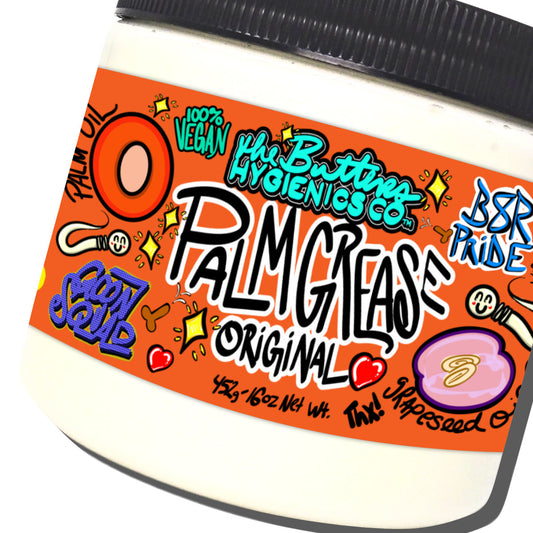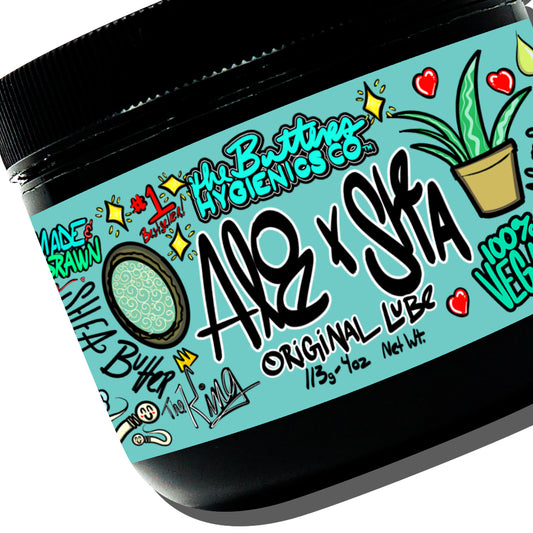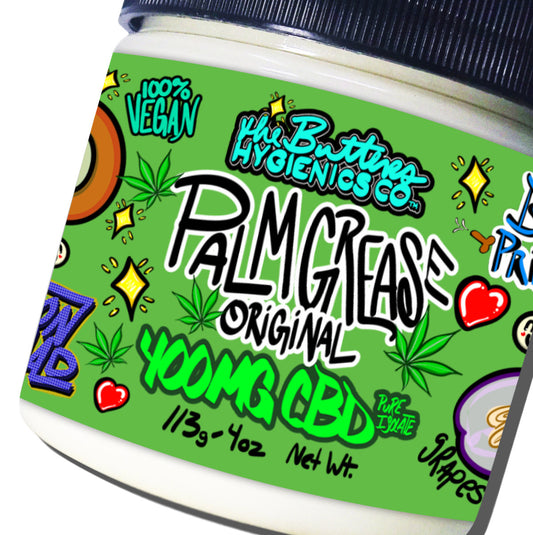
Reclaiming the Rainbow: A Call to Restore the Original Pride Flag
Share
The original LGBT rainbow pride flag was crafted by Gilbert Baker, a San Francisco artist, in 1978. Designed as a vibrant beacon for the gay community, it initially boasted eight colors, each imbued with distinct symbolism: hot pink for sex, red for life, orange for healing, yellow for sunlight, green for nature, turquoise for art, indigo for harmony, and violet for spirit. It made its debut at the 1978 San Francisco Gay Freedom Day Parade.

However, the flag soon underwent a simplification, dropping to six colors. This reduction—eliminating hot pink and later turquoise, while merging indigo into royal blue—stemmed primarily from practical constraints related to fabric availability and printing costs. Such changes diluted the flag’s original rich tapestry of meanings, particularly losing symbols of sex and art. Driven by economic and practical limitations, this shift nudged the flag from its radical roots towards a version more aligned with normative societal views.

In 2018, graphic designer and artist Daniel Quasar introduced a significant iteration called the Progress Pride Flag. Quasar independently crafted this design through a Kickstarter campaign, integrating a chevron that includes black and brown stripes to represent queer people of color, along with the pink, light blue, and white hues from the Transgender Pride Flag. The black stripe was also given a poignant significance, representing those living with AIDS, those who have passed, and the enduring stigma surrounding these communities.

Quasar’s intention with this redesign was to significantly amplify inclusion and progression within the community. The Progress Pride Flag was born out of a desire to enhance representation and visibility for those who might feel sidelined even within the diverse LGBTQ+ community. It underscores the ongoing struggle for rights and recognition, symbolizing a dynamic, ever-evolving fight for equality. This flag has since been embraced by various organizations and communities globally as a beacon of a more inclusive approach to queer pride.
Yet, therein lies a poignant critique.
While well-intentioned, the new pride flag might be seen as overshadowing the importance of the original, under the guise of broadening inclusion. The shift from the original eight to the current six colors had already signaled a compromise on the full spectrum of the flag’s meaning. The elements of sex and magic, once vividly represented, were lost to considerations of cost. When production became more feasible economically, the original full spectrum was not restored. Instead, we’ve metaphorically paved over historical intricacies with a veneer of mainstream acceptance and called it inclusivity.
While not attributing malice or cynicism to Quasar, it's important to recognize how this creation might unintentionally serve to whitewash nuanced aspects of gay history while signaling a shift in the focus of marketing dollars. Amid vocal criticisms of capitalism, it’s crucial to acknowledge how deeply the sexual liberation movement has been co-opted by those more focused on personal visibility than the cause itself. Intriguingly, the newest flag emphasizes identity with fervor, pushing forward hard on the very complexities of identity it seeks to embrace.




